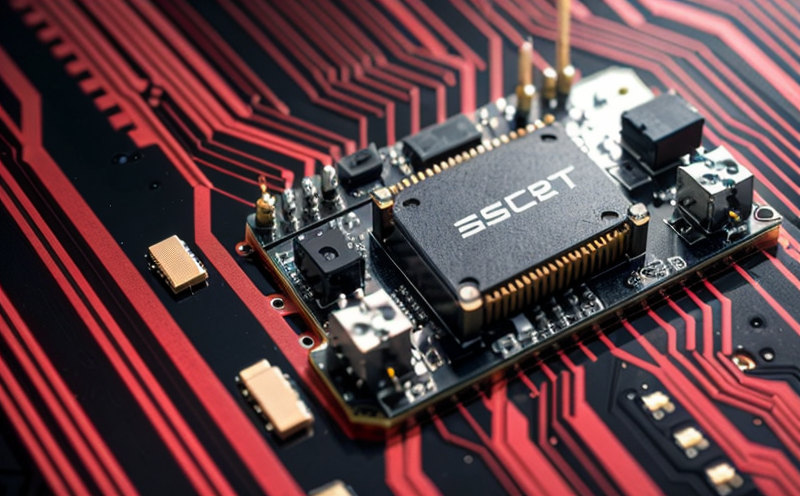IEC 62443 Industrial Control and Embedded System Security Testing
The IEC 62443 series of standards is designed to provide a framework for the security of industrial automation systems. These standards are crucial in safeguarding critical infrastructure against cyber threats, ensuring that hardware and embedded systems within these sectors meet stringent cybersecurity requirements.
IEC 62443-4-2 specifically deals with security testing for industrial control systems (ICS) and embedded devices used in such systems. It outlines the process of evaluating the security posture of these components to ensure they can withstand various attack vectors, including denial-of-service attacks, buffer overflows, and more.
The testing process involves several steps, starting with a risk assessment to identify potential vulnerabilities. This is followed by penetration testing, which simulates real-world attacks to uncover any weaknesses in the system's defenses. The findings are then used to refine security measures and improve overall resilience.
One of the key challenges in this field is balancing functionality and security. IEC 62443-4-2 helps strike this balance by providing clear guidelines on how to implement secure design principles without compromising system performance. This ensures that critical infrastructure remains operational while being protected against unauthorized access or tampering.
Another important aspect of the testing process is the use of real-world scenarios. By simulating common attack vectors, we can better understand how these systems behave under stress and what measures are necessary to prevent successful attacks. This approach ensures that our tests are not only thorough but also relevant to actual operational conditions.
Finally, it's essential to note that IEC 62443-4-2 is just one part of a broader security strategy. It should be complemented by other best practices such as regular updates, employee training, and continuous monitoring. Together, these measures form an effective defense against evolving cyber threats.
| Industry | Vulnerability Type | Test Scenario |
|---|---|---|
| Manufacturing | Buffer Overflow | Simulating an attack on a network interface to identify potential points of failure. |
| Energy Sector | Denial-of-Service Attack | Evaluating the robustness of control systems against overwhelming traffic. |
| Water Treatment Plants | Injection Attacks | Testing for vulnerabilities in command interfaces to prevent malicious commands from being executed. |
| Aerospace | Password Cracking | Assessing the strength of authentication mechanisms used by embedded systems. |
Why It Matters
The importance of IEC 62443-4-2 cannot be overstated, especially in light of recent high-profile cyber attacks on critical infrastructure. These incidents have highlighted the need for robust security measures that go beyond traditional IT systems to include industrial control and embedded devices.
By adhering to these standards, organizations can ensure that their hardware and software meet the highest levels of cybersecurity. This not only protects against potential breaches but also enhances trust among stakeholders, including customers, regulators, and partners.
The economic impact of cyberattacks on industrial control systems can be substantial, leading to downtime, loss of reputation, and even legal consequences. Therefore, implementing IEC 62443-4-2 is not just a compliance requirement but also a business imperative.
In summary, following the guidelines set forth in IEC 62443-4-2 ensures that industrial control systems are resilient and secure against modern cyber threats. This proactive approach can help prevent costly disruptions and maintain operational continuity.
Industry Applications
The scope of IEC 62443-4-2 extends across various industries where critical infrastructure is vital to national security, economic stability, and public health. Some key sectors include:
- Manufacturing: Ensuring the safety and reliability of production processes.
- Energy Sector: Protecting power grids and energy distribution networks from disruptions.
- Water Treatment Plants: Safeguarding water supplies against contamination or tampering.
- Aerospace: Maintaining the integrity and security of aircraft systems.





